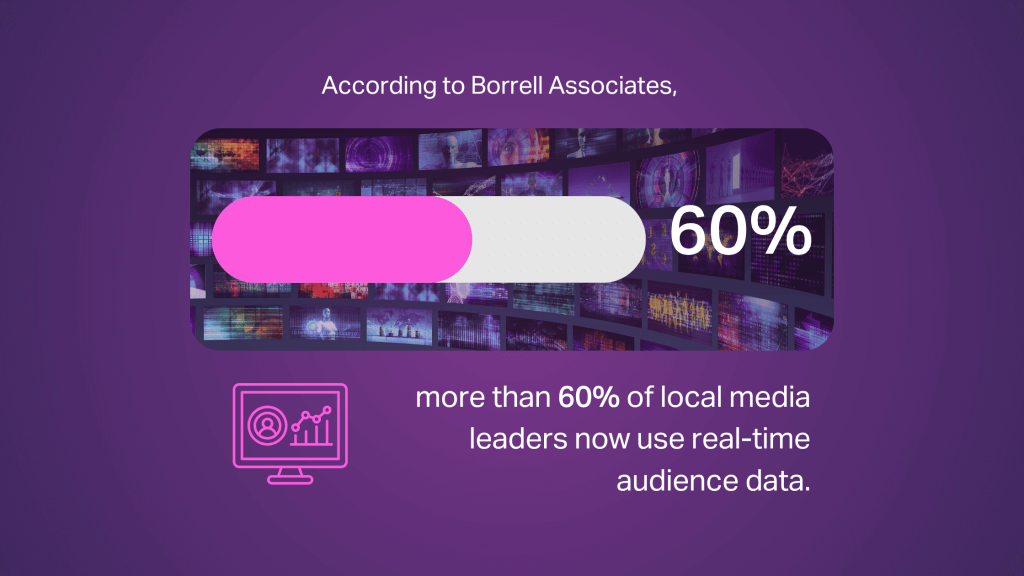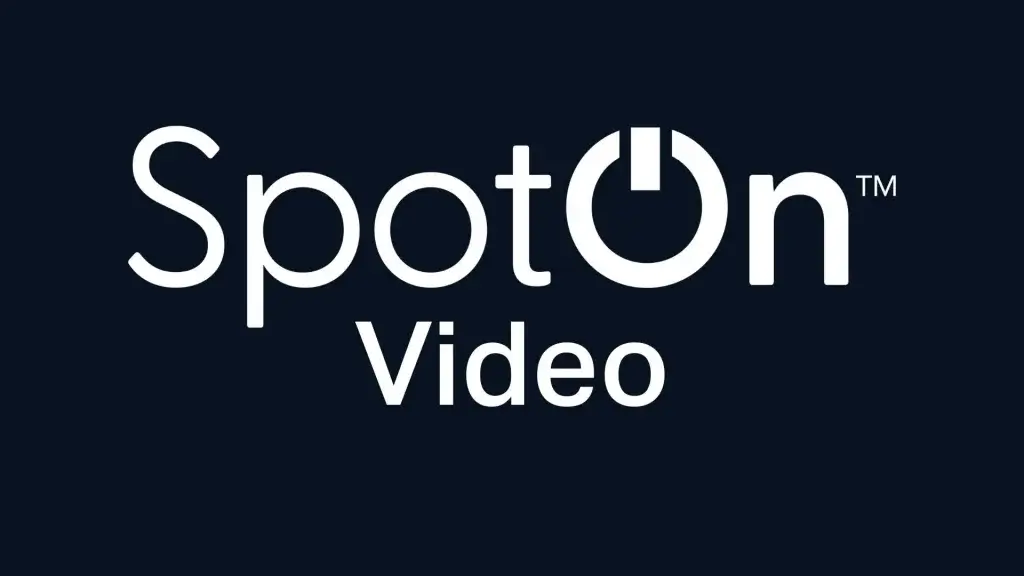The Real Power of Audience Intelligence: Why Unified Newsrooms Win

Media organizations face more competition today, and a growing divide between the teams that produce content and those that drive revenue. Newsrooms are fighting to stay ahead of constant change, from new platforms and shifting audience habits to increased pressure to deliver both impact and revenue. But one of the biggest challenges they face isn’t outside the building—it’s inside.
Too often, editorial and content teams are focused on creating great stories, while sales and business teams are focused on montetizing the traffic from them. Both groups work hard, but not always together. Operating in silos slows everything down—from decision-making to growth.
However, leading media organizations are finding a better way forward. They’re aligning teams around a shared goal—and using audience intelligence to make it happen.
What is Audience Intelligence
Put simply, audience intelligence is the combination of two powerful things: content intelligence and sales intelligence.
- Content intelligence is the use of real-time data and AI to understand what topics, formats, and story angles are resonating with your audience. It helps newsrooms make smarter editorial decisions, faster.
- Sales intelligence is the ability to align your audience with relevant consumer insights to unlock valuable opportunities for advertisers.
It’s about gathering real-time data on what your audience is paying attention to, analyzing that information, and then using it to guide smarter decisions across your organization. It tells you what stories are resonating right now, how and when to promote them, and which ones might be most valuable opportunities to advertisers.
Audience intelligence helps everyone—from reporters to marketers to account executives—to get a full picture of their audience, at the same time.
The Unifying Role of Audience Intelligence
When you use audience intelligence well, it becomes the thread that ties all your departments together. Instead of each team working from its own assumptions or tools, everyone shares a clear, data-backed view of what your audience cares about most.
Futuri’s TopicPulse platform embodies the essence of actionable Audience Intelligence for content teams. Designed for broadcasters, digital publishers, and content creators, TopicPulse offers real-time insights into what your audience cares about right now.
Here’s how TopicPulse facilitates cross-departmental collaboration:
- Editorial and Content Teams: TopicPulse scans social media platforms like X (formerly Twitter), Instagram, Facebook, and over 250,000 news sources to identify trending stories and emerging topics. It helps teams uncover unique angles and craft content that aligns with audience interests.
- Sales Teams: By highlighting which stories are gaining traction, TopicPulse enables sales professionals to align advertisers with content already engaging the audience, enhancing the relevance and effectiveness of sponsorships.
- Marketing and Promotion Teams: With real-time data on audience engagement, marketing teams can time promotions to coincide with peak interest periods, maximizing reach and impact.
TopicPulse ensures that all teams work from the same playbook, fostering alignment and efficiency by providing a unified platform for content discovery and audience analysis.
Proof It Works
Media groups leveraging AI tools like TopicPulse are already seeing results. For example, a major U.S. broadcaster recently used TopicPulse to identify a fast-rising education story in their designated market area (DMA). The editorial team assigned it to a reporter ahead of competitors. The marketing team promoted the segment on social media at peak traffic times. The sales team identified a local sponsor to tie in.
This coordinated effort led to a high-performing story that benefited viewers, advertisers, and the newsroom alike.
Further emphasizing the impact, a Midwest TV station implemented AI-driven content intelligence and achieved remarkable results. By integrating real-time audience data into their strategy, they drove over 130,000 page views, showcasing the effectiveness of unified newsroom operations.

And these are just two examples. Research from Borrell Associates shows that more than 60% of local media leaders now use real-time audience data to inform editorial and revenue strategy. The trend is clear: the more connected your teams are, the stronger your outcomes will be.
Aligning Around What Matters Most
Let’s face it: most media teams aren’t short on data. They’re short on clarity.
That’s what audience intelligence delivers. It takes the guesswork out of what to cover, when to promote, and how to monetize. In an era where data is abundant but actionable insights are scarce, tools like TopicPulse provide the clarity and unity media organizations need.
By aligning editorial, sales, and marketing teams around a shared audience understanding, TopicPulse transforms fragmented efforts into cohesive strategies that drive engagement and revenue.
And when you align with your audience, everything performs better.
Ready to See the Power of Real-Time Audience Intelligence?
Schedule a TopicPulse demo and discover how to unify your content, sales, and marketing strategy—starting with what your audience cares about now.






